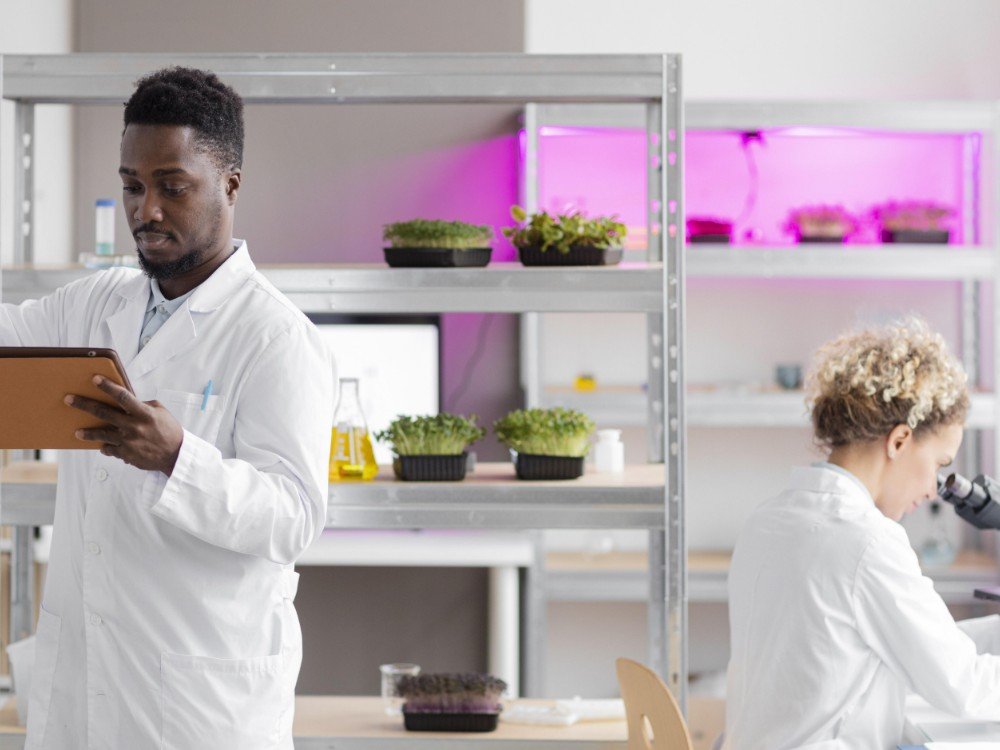Innovation rarely arrives as a single, dramatic event; it arrives as overlapping waves of discovery, refinement, and cultural shift that collectively change how we live, work, and imagine the future. Over the next decade the pace of change will feel less like linear progress and more like an intricate web of converging advances that produce new capabilities once confined to science fiction.
Artificial intelligence has moved from novelty into infrastructure. The coming wave emphasizes specialization, safety, and human-centered design rather than one monolithic breakthrough. Domain-specific models tuned for medicine, law, engineering, and creative arts will augment professionals with rapid, context-aware reasoning while reducing errors and irrelevant outputs. Interface innovations will matter as much as model architecture: multimodal assistants that combine voice, vision, gesture recognition, and contextual memory will make interactions more intuitive and reduce cognitive friction for users.
Biotechnology sits at an equally thrilling crossroads. Gene editing and delivery systems continue to improve, unlocking therapies for genetic disorders that were once untreatable. Advances in synthetic biology enable organisms engineered to produce sustainable materials, biodegradable chemicals, and bespoke pharmaceuticals. Personalized medicine will expand as affordable sequencing and predictive diagnostics guide preventive care. These opportunities will require strengthened biosecurity, equitable access, and nuanced ethical frameworks so benefits reach broad populations rather than a privileged few.
Energy and climate technologies are shifting from demonstration to deployment. Solar and wind power continue to scale while a broader array of battery chemistries and storage solutions emerge to meet needs from short-term stabilization to seasonal reserves. Emerging options such as green hydrogen, advanced geothermal, and small modular reactors offer pathways to decarbonize sectors that are difficult to electrify. Digital twins, predictive maintenance, and smarter grid operations will optimize energy flows, and local microgrids will boost community resilience against extreme weather and supply disruptions.
Materials science is quietly enabling new possibilities across industries. Two-dimensional materials, programmable polymers, and self-healing composites promise devices and structures that are lighter, tougher, and more energy-efficient. Additive manufacturing is maturing from a prototyping tool into production-grade fabrication, enabling complex geometries that reduce waste and improve performance. In construction and urban design, biomimetic materials and prefabricated modular systems can shorten build times, lower costs, and reduce the carbon footprint of housing and infrastructure projects.
Space technology is entering an entrepreneurial era with expanding missions beyond low Earth orbit. Reusable launch systems have lowered the cost of access to space, broadening opportunities for satellite services, science platforms, and space-based manufacturing experiments. Constellations of small satellites enhance Earth observation and global connectivity, while renewed interest in lunar and near-Earth exploration drives work on in-situ resource utilization and off-world infrastructure. These developments will also require updated norms for orbital traffic, resource use, and planetary protection.
Quantum technologies remain one of the most intellectually provocative frontiers. Practical, fault-tolerant quantum computers capable of solving broad, real-world problems may still be years away, but hybrid classical-quantum approaches are already useful for niche optimization challenges, quantum-inspired algorithms, and materials discovery. Meanwhile, advances in quantum sensing and quantum communication could revolutionize precision measurement, navigation, and secure information transfer. The path to impactful quantum systems depends on advances in materials, error correction, and scalable engineering.
Human-computer interaction is shifting toward more natural, embodied, and private experiences. Brain-computer interfaces are progressing from laboratory prototypes to assistive devices that restore movement and communication in clinical populations. Augmented reality and mixed reality are becoming practical tools for spatial collaboration, training, and design, blending physical and digital layers to support presence and shared understanding. Privacy-preserving architectures and on-device intelligence will enable rich interactions without constant data transmission to distant servers.
Transportation and mobility will be reshaped by electrification, autonomy, and evolving service models. Electric powertrains are expanding into heavy trucks, buses, and short-haul aircraft, while improved charging networks and vehicle-to-grid integration increase practicality and grid flexibility. Autonomous systems are likely to assume repetitive or hazardous tasks, from last-mile delivery robots to heavy industrial vehicles, shifting human roles toward oversight, maintenance, and exception handling. Policy, urban planning, and safety regulations will adapt as cities reconfigure infrastructure for multimodal, low-carbon mobility.
Education and the workplace are poised for transformation as learning becomes more personalized and productivity tools evolve. Adaptive learning platforms tailored to individual skill gaps, combined with immersive simulations and competency-based assessments, can accelerate vocational training and lifelong learning. In professional environments, AI co-pilots will handle routine administrative duties, data synthesis, and first-pass research, allowing humans to concentrate on creativity, strategy, and interpersonal skills. Societies will need policies that support retraining and reduce friction as roles and required skills change.
As promising as these technologies are, responsible innovation must be the undercurrent of progress. Equity, sustainability, and ethics should be integrated into design processes rather than tacked on after deployment. Transparent governance frameworks, interdisciplinary collaboration, and active public participation are essential to balance risks and rewards. Innovations that prioritize environmental restoration, social inclusion, and shared prosperity are more likely to generate durable value and public trust.
The horizon of innovation is complex and unpredictable, but certain themes recur: convergence across disciplines, decentralization of systems, and an emphasis on resilience and human flourishing. The technologies that will matter most are not simply those that are new, but those that embed dignity, adaptability, and sustainability into everyday life. Communities should invest in education, support inclusive research ecosystems, and demand transparency from institutions shaping technology. Aligning incentives with long-term public benefit over short-term profit helps ensure innovations become tools for collective flourishing instead of drivers of deeper inequality for current and future generations. Ultimately, the future will reward those who pair bold experimentation with stewardship, building systems that serve people and planet in equal measure.



